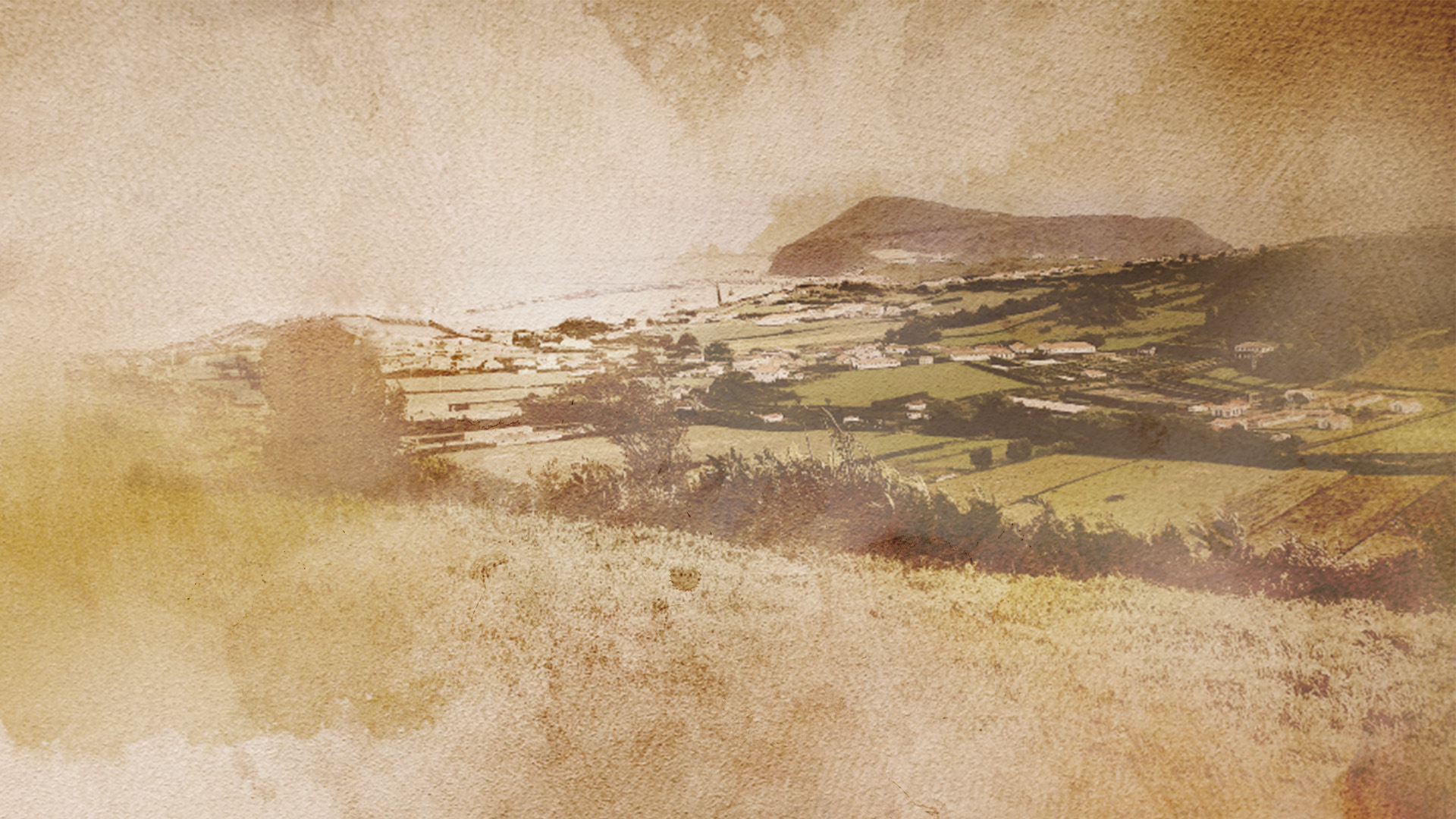Discovered in 1427 and colonised from 1432 onwards, mainly by Flemish settlers, it is said to have received the name Faial because there are many beech trees (faias in Portuguese) here, and was initially used only for grazing cattle by the inhabitants of Terceira island.
Besides the islands of São Miguel and Terceira, the main centre of the Flemish colonisation of the Azores was the island of Faial, a phenomenon which occurred in the second half of the 1460s, under the command of Jos Dutra. The main factor in the settlement of this population was fundamentally due to the fertility of the soils, the benignity of the climate and the suspicion of the richness of its subsoil. Despite the failure of some of their aspirations, the Flemish were fundamental in the formation of Faial’s society, as well as in the configuration of its economy.
The Faial Island asserted itself, from the 17th century onwards, as an important trading post, due to its privileged geographical position between Europe and the Americas. More recently, it has become a reference point for international yachting.
At the western end of the island is the Capelinhos volcano, responsible for the last volcanic eruption that occurred in the Azores between 1957 and 1958, and it is still possible to see its effects on the surrounding territory.
Faial Island
